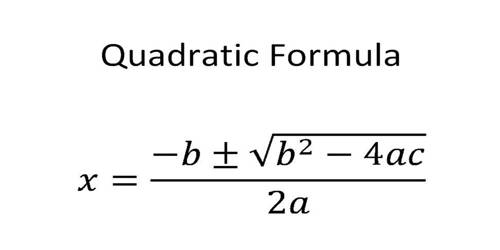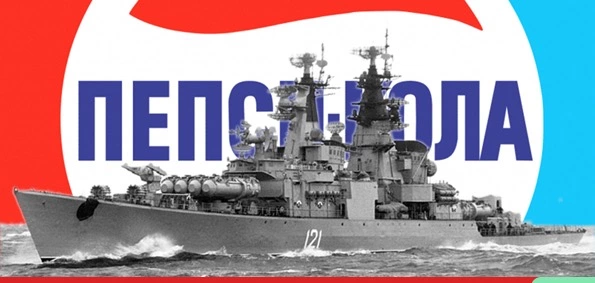In finance, the strike price (or exercise price) is the set price at which a derivative contract can be bought or sold when it is exercised. For call options, the strike price is where the security can be bought by the option holder; for put options, the strike price is the price at which the security can be sold.
For example, an investor purchases a call option contract on shares of ABC Company at a $5 strike price. Over the life of the option contract, the holder has the right to exercise the option and purchase 100 shares of ABC for $500. If the price of ABC shares rises to $10, the option holder can lock in a $500 profit by exercising the option because it allows him to buy shares at $5 and sell them for $10 in the open market.
The strike price is a key variable in a derivatives contract between two parties. Where the contract requires delivery of the underlying instrument, the trade will be at the strike price, regardless of the market price of the underlying instrument at that time.
Strike prices are used in derivatives (mainly options) trading. Derivatives are financial products whose value is based (derived) on the underlying asset, usually another financial instrument. The strike price is a key variable of call and puts options. For example, the buyer of a stock option call would have the right, but not the obligation, to buy that stock in the future at the strike price. Similarly, the buyer of a stock option put would have the right, but not the obligation, to sell that stock in the future at the strike price.
The strike or exercise price is the most important determinant of option value. Strike prices are established when a contract is first written. It tells the investor what price the underlying asset must reach before the option is in-the-money (ITM).
Moneyness is the value of a financial contract if the contract settlement is financial. More specifically, it is the difference between the strike price of the option and the current trading price of its underlying security.
In options trading, terms such as in-the-money, at-the-money, and out-of-the-money describe the moneyness of options.
- A call option is in-the-money if the strike price is below the market price of the underlying stock.
- A put option is in-the-money if the strike price is above the market price of the underlying stock.
- A call or put option is at-the-money if the stock price and the exercise price are the same (or close).
- A call option is out-of-the-money if the strike price is above the market price of the underlying stock.
- A put option is out-of-the-money if the strike price is below the market price of the underlying stock.
Strike price and option price are inversely related. When a strike price is high, the call option is low and the put option is high. Likewise, when the strike price is low, the call option is high and the put option low.
If a stock is valuable, when the strike price is lower than the current market price, it is considered “in the money.” When the strike price is higher than the current market price, the stock is considered “out of the money.”
Example of Strike Price –
Assume there are two option contracts. One is a call option with a $100 strike price. The other is a call option with a $150 strike price. The current price of the underlying stock is $145. Assume both call options are the same; the only difference is the strike price.
At expiration, the first contract is worth $45. That is, it is in the money by $45. This is because the stock is trading $45 higher than the strike price.
The second contract is out of the money by $5. If the price of the underlying asset is below the call’s strike price at expiration, the option expires worthless.
If we have two put options, both about to expire, and one has a strike price of $40 and the other has a strike price of $50, we can look to the current stock price to see which option has value. If the underlying stock is trading at $45, the $50 put option has a $5 value. This is because the underlying stock is below the strike price of the put.
The $40 put option has no value because the underlying stock is above the strike price. Recall that put options allow the option buyer to sell at the strike price. There is no point in using the option to sell at $40 when they can sell at $45 in the stock market. Therefore, the $40 strike price put is worthless at expiration.
Information Sources:
















